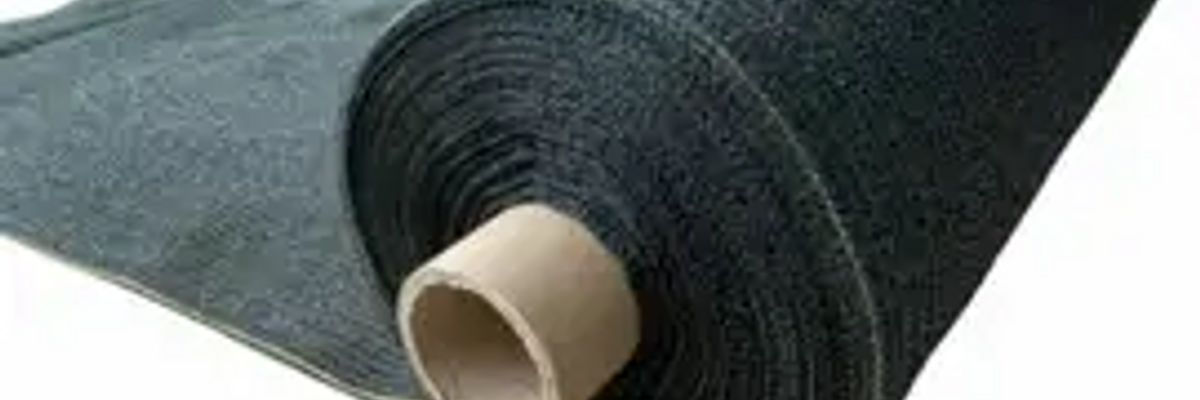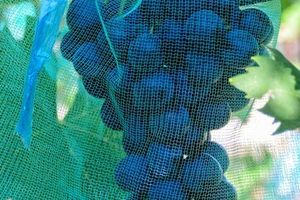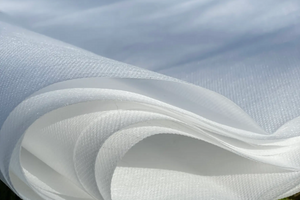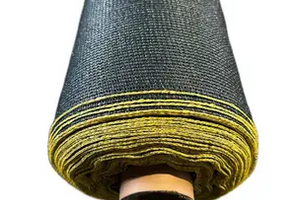Shading nets are a modern and efficient solution that plays an important role in agriculture, horticulture and landscape design. They are designed to regulate solar exposure, temperature and humidity, providing plants with comfortable conditions for growth and development.
Some important features and benefits
Biotol shading nets are made of high-quality polymer such as high-pressure polyethylene. It is the use of primary raw materials that distinguishes the quality of our nets and guarantees their many years of operation. Of course, a UV stabilizer is added to this, which protects the nets from disintegration under the influence of the sun, as well as the feature of Rashel weaving, which ensures their strength and the ability to cut according to your needs.
Nets provide protection not only from sunlight, but also from wind, hail, and temperature changes. The main advantages include:
- Nets filter harmful ultraviolet rays, preventing overheating and burning of plants.
- They help to reduce the temperature inside the greenhouse or in open planting areas, preventing overheating and stress for the plants.
- They create shade, which promotes the growth of shade-loving crops and prevents leaf burn.
How much does the shading mesh stretch?
Shading nets are elastic in their origin, can adapt to different forms of surfaces, whether it is a frame of a greenhouse, a frame of a canopy or a structure of a landscape object. This allows for uniform shading and protection from sunlight for all plants on the site. They are easily installed and fixed without the need to use complex mechanisms. This makes the installation process quick and convenient.
It should be noted here that when installing nets with a density of 40% to 60%, it is necessary to pay attention to the tension, so that the net does not sag, because they are very elastic. Starting at 70%, depending on the density, the nets are less elastic, and 95% will be the least stretchy.
Although shading nets are highly elastic, their stretch limitations should be considered. Exceeding the maximum tensile values can lead to deformation of the mesh and deterioration of its protective properties. Therefore, it is important to follow the manufacturer's recommendations regarding the level of stretching of the mesh when installing it.
How many years does the shading net last?
The service life of the shading net depends on the quality of the material from which it is made, as well as the % addition of UV additives, the method of weaving the net. High-quality nets can last from 5 to 10 years while maintaining their protective properties.
Intensity of solar radiation, climatic conditions, frequency of operation and methods of maintenance of the net also affect its service life. In regions with high solar activity, where the mesh is exposed to intense UV radiation, its lifespan may be slightly shorter.
High-quality installation and regular maintenance of the net also affect its durability. A professionally installed mesh with the correct tension and fastening will serve longer and more efficiently. Removing the net in the autumn-winter period helps preserve the properties of the net.
How to install shading grid?
It is important to understand how to attach the shading net, and which fasteners are better to use. High-quality nets can be attached in any convenient way. Usually the simplest is ties, cables or clips.
Measure the area to be shaded to determine the shading mesh size needed. Select the appropriate size mesh and remove it from the package. If necessary, cut the mesh to the desired size using a sharp knife or scissors. It is worth figuring out in advance at what height to hang the shading net in order to get the best result.
After installing the shade net, perform a check to ensure the net is properly tensioned and secured. If necessary, adjust the tension or additionally fix the mesh to avoid gaps or uneven distribution of shading.
















